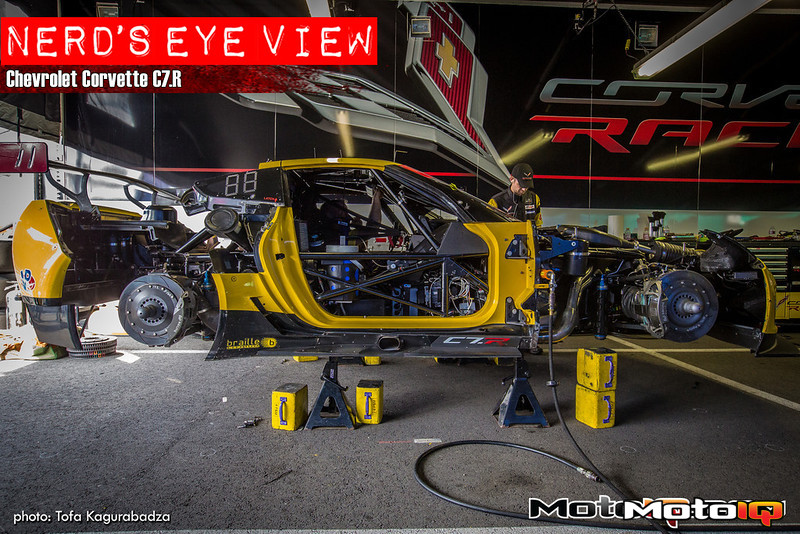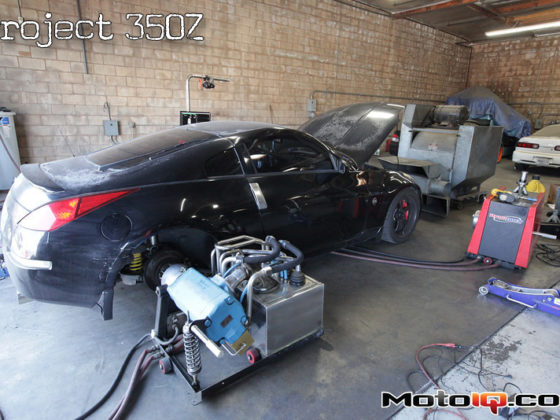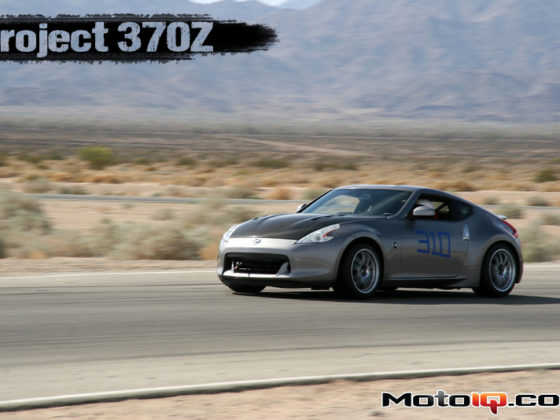
Nerd’s Eye View: Chevrolet Corvette C7.R
Khiem Dinh is an engineer for Honeywell Turbo Technologies at the time of this writing. All statements and opinions expressed by Khiem Dinh are solely those of Khiem Dinh and not reflective of Honeywell Turbo Technologies.
The production car and race car share significant technologies. The C7 design is a massive leap forward in performance compared to its predecessor the C6. The new aluminum frame of the C7 is vastly stiffer than the previous C6 and this has translated into the C7.R race car as well. Direct injection from the production engine also makes its way onto the race car with the benefit being improved fuel economy. Even the aerodynamics of the production Z06 and the C7.R race car were modeled concurrently.
 One significant area where the Z06 and C7.R differ is in their engines. There’s been a shift in the racing world where the cars have gotten so fast due to improvements in aerodynamics, tires, and suspension, that the only way to keep the cars at reasonable speeds is to reduce their power output. So, the C7.R gets a naturally aspirated 5.5L engine burning E85 compared to the production Z06 which gets a 625hp, supercharged 6.2L. Even with the smaller displacement, the C7.R race engine breathes through a pair of restrictors. The restrictors are fed by the ducts on either side of the radiator. The radiator is angled forward so as to facilitate the airflow out of the vented hood. The hood has a central duct occupying the empty space behind the radiator with the duct mating up to the back of the radiator. Also grabbing air from the front of the car are the brake ducts. The ducts feed both the front and rear of the rotor!
One significant area where the Z06 and C7.R differ is in their engines. There’s been a shift in the racing world where the cars have gotten so fast due to improvements in aerodynamics, tires, and suspension, that the only way to keep the cars at reasonable speeds is to reduce their power output. So, the C7.R gets a naturally aspirated 5.5L engine burning E85 compared to the production Z06 which gets a 625hp, supercharged 6.2L. Even with the smaller displacement, the C7.R race engine breathes through a pair of restrictors. The restrictors are fed by the ducts on either side of the radiator. The radiator is angled forward so as to facilitate the airflow out of the vented hood. The hood has a central duct occupying the empty space behind the radiator with the duct mating up to the back of the radiator. Also grabbing air from the front of the car are the brake ducts. The ducts feed both the front and rear of the rotor! The C7.R is wide and low. On each side of the central radiator air opening are the inlets for the engine intake and brake ducts. The front splitter meets the front bodywork at a nice and vertical surface which should generate large amounts of downforce.
The C7.R is wide and low. On each side of the central radiator air opening are the inlets for the engine intake and brake ducts. The front splitter meets the front bodywork at a nice and vertical surface which should generate large amounts of downforce. This angle gives a view of how the brake duct and air intake for the engine attach to the front bumper.
This angle gives a view of how the brake duct and air intake for the engine attach to the front bumper. I am pretty sure that little carbon fiber bridge helps bring ducted air over to the other side of the brake caliper. As an observation related to organization, notice how the brake pads are numbered along with a directional arrow to indicate the proper installation orientation.
I am pretty sure that little carbon fiber bridge helps bring ducted air over to the other side of the brake caliper. As an observation related to organization, notice how the brake pads are numbered along with a directional arrow to indicate the proper installation orientation.


